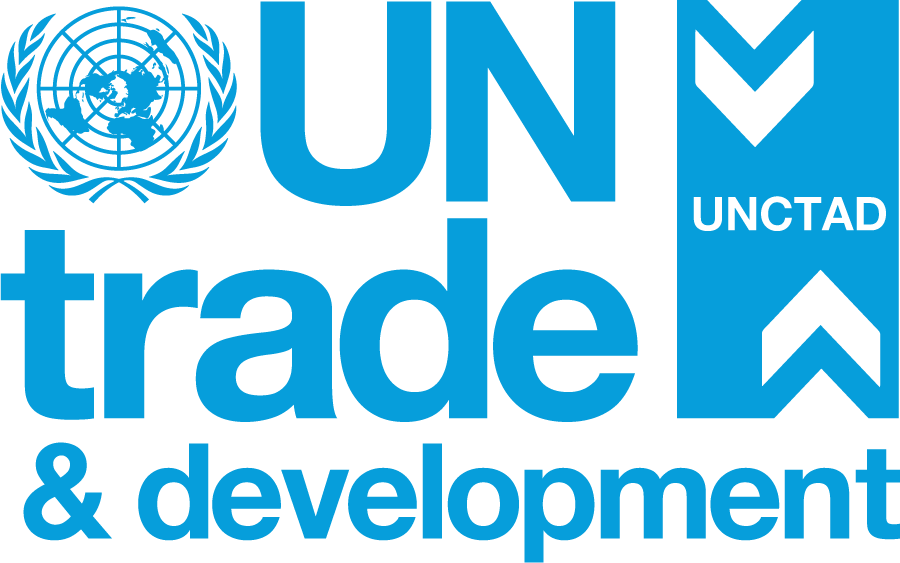Through research and capacity building, UNCTAD supports Africa to turn mineral wealth into development gains, fostering competitive industries and economic resilience.

© Shutterstock/NathanAN | Mining workers in Sierra Leone.
For mineral-rich Africa, it's time to rethink mining, metal and minerals for a resilient future, experts underscored at an intergovernmental meeting hosted by UN Trade and Development (UNCTAD) from 3 to 5 November.
From extraction to value addition, the discussion explored pathways to build competitive industries and productive capabilities on the continent.
As the world increasingly pivots to renewable energy, soaring demand for critical energy transition minerals presents both opportunities and risks for Africa.
The continent is abundant in such materials: 48.1% of cobalt, 47.7% of manganese, 21.6% of natural graphite, 5.9% of copper, 5.6% of nickel, 1% of lithium and 0.6% of iron ore globally.
But African exports, primarily unprocessed minerals, have long limited job creation, weakened industries and left countries vulnerable to swings in global commodity prices.
What UNCTAD is doing to help
With funding support from Japan, an UNCTAD-led project is helping Madagascar, Namibia and Zambia identify high-potential sectors – within and beyond critical-mineral value chains – to add value and diversify economic activities.
It combines economic complexity and product space analysis with national industry experts’ knowledge and insights to identify potential new products for diversification and guide evidence-based policymaking.
In Zambia, for example, early findings point to potentially more than $1 billion in export opportunities, linked to more complex and competitive products.
The work is powered by UNCTAD’s analytical methodology, offering insights on how countries can build the capabilities to stimulate new industries and avoid stagnation in low-value segments.
By identifying viable diversification paths, governments can prioritize the skills, infrastructure, financing and regulations needed for green industrial growth.




